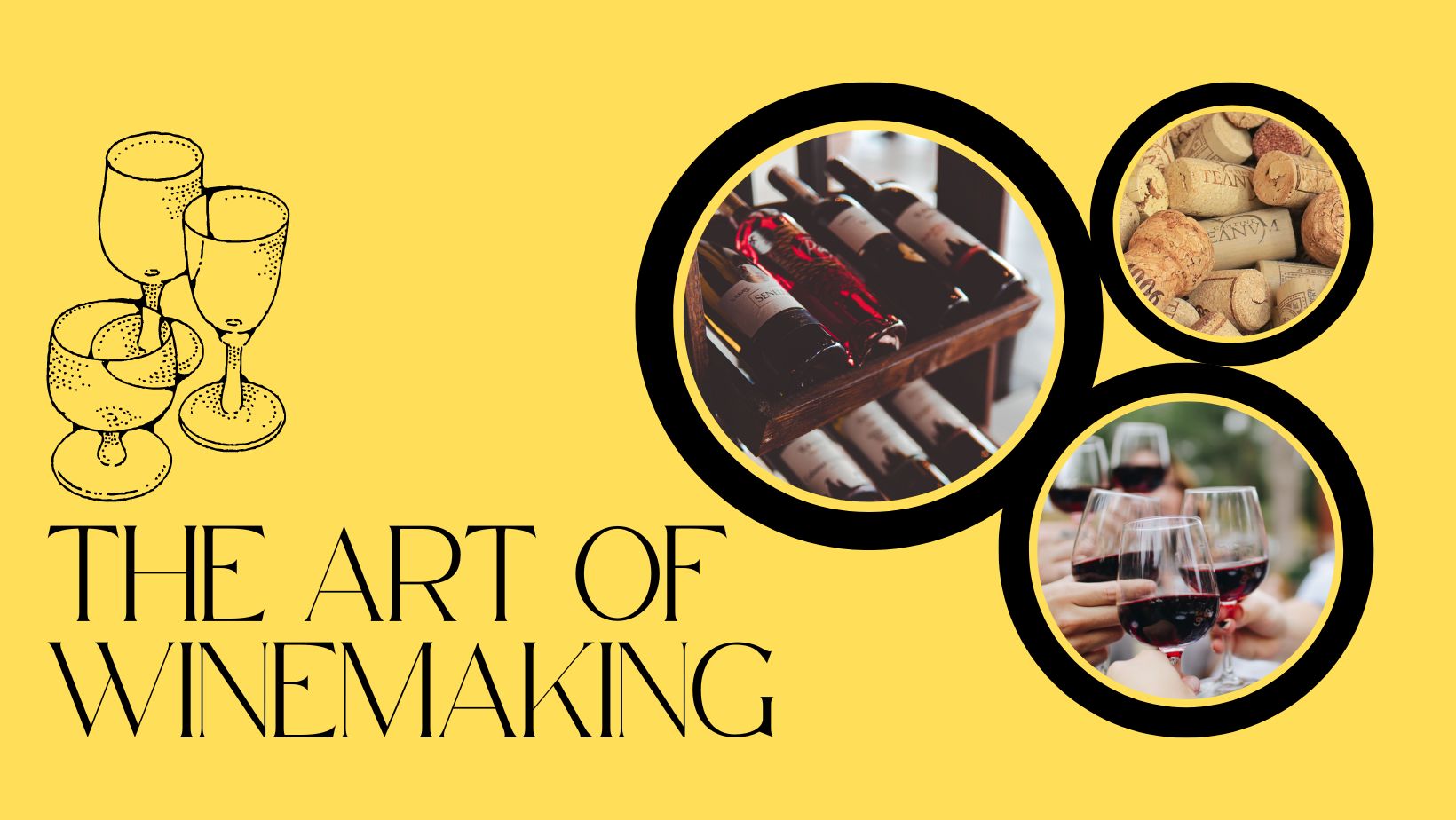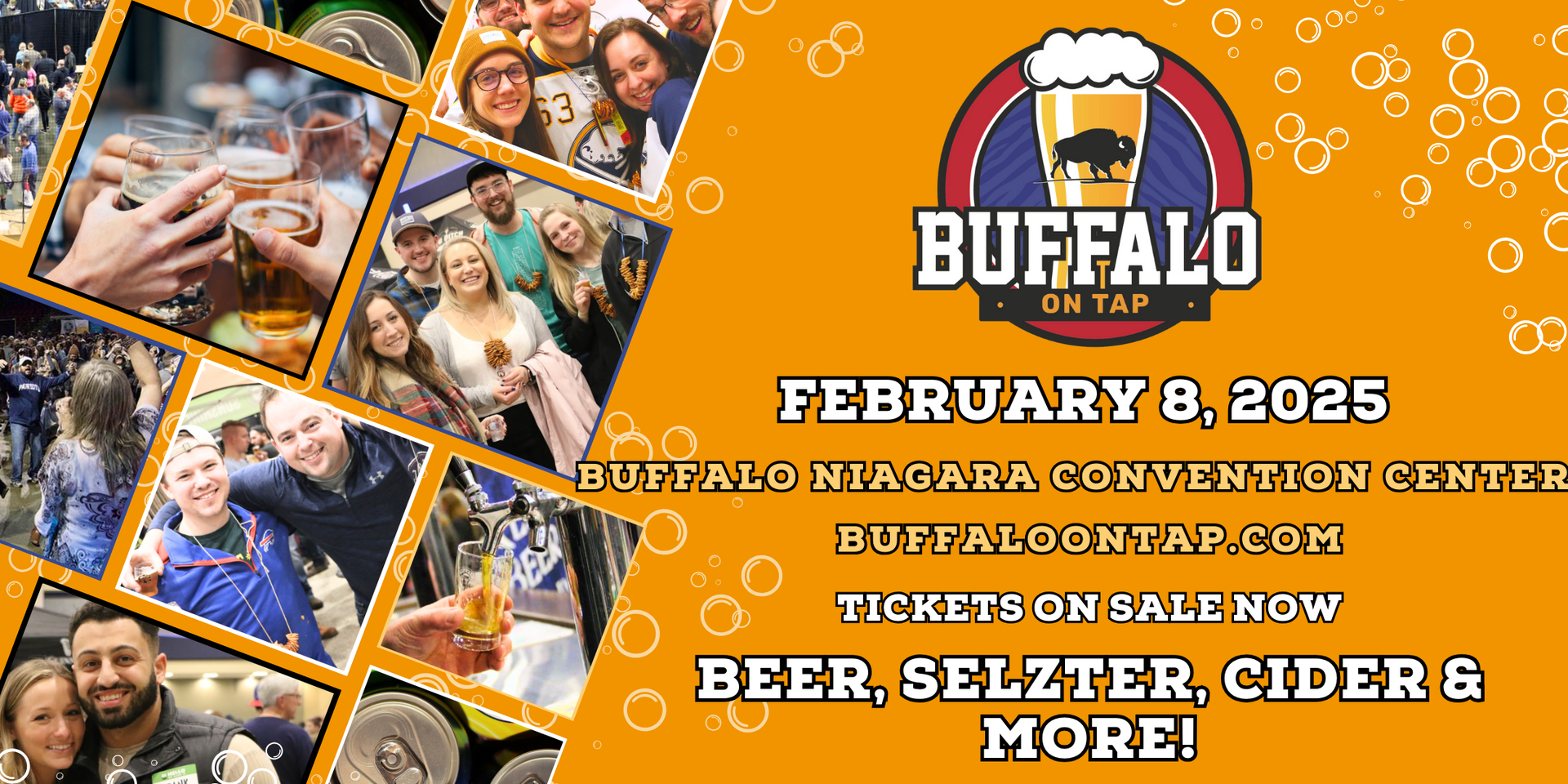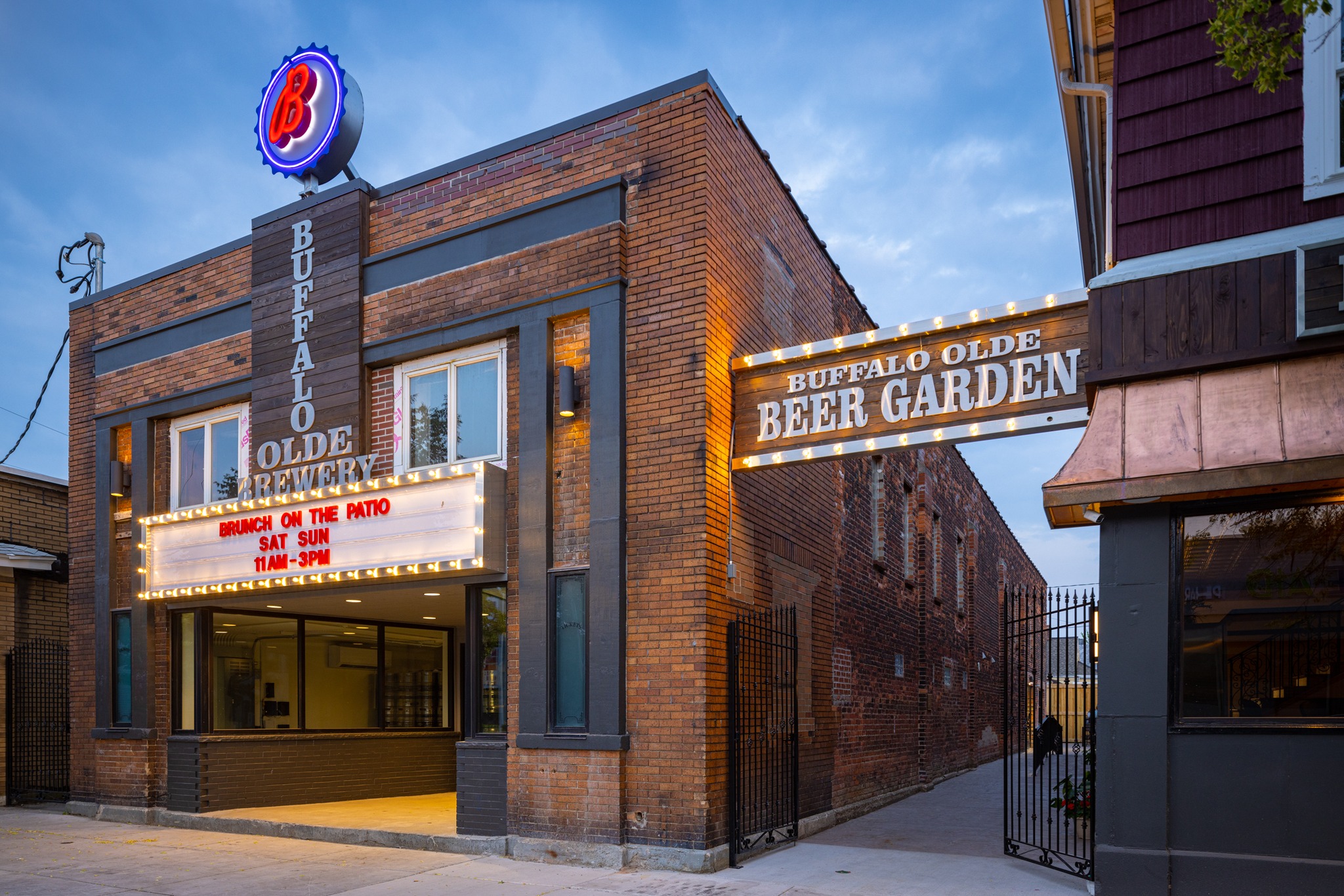
Yukta poddar
The Art of Winemaking

There is early evidence of wine showing its existence between 5400-5000 B.C. This history of wine is traced across ancient Egypt, Greece, ancient Rome, and countries outside Europe as well. From churches to consumption by monks, the beverage has a long history and its own significance for different communities. Over the centuries, each region has greatly contributed to enhance and diversify wine flavors with evolving wine-making techniques.
Wondering what components make this beverage so special? It is much more simple than you think. The first component is water. Yes! Around 80-90 percent of the wine is just water, which is essential to dilute the alcohol and the flavor. However, this is done early in the vinification process.
The second and main component is the alcohol, mainly ethyl alcohol or called ethanol. The average alcohol content of wine is approximately 12 percent. The ethanol in wine is the by-product of the fermentation of grapes. The component plays an important role in the sensation wine creates in the mouth and carries its aroma to the nose with evaporation. Followed by water and alcohol, an important element for quality wine is acid. It is quite essential for long storage of the wine as maintaining a PH between 3.3 to 3.7. Acid helps create a unsurvivable environment for unwanted bacteria. These bacteria can lead to early spoilage of wine. Tartaric, Malic, and Citric acids are three primary and commonly used in wine.
For yeast to make ethanol, two sugars – Glucose and Fructose are present in wine. This sugar comes from the ripe fruit – often grapes. In addition, there is a wide variety of phenolic compounds in grapes and wine. This compound is often considered catalyst for the quality of the wine.
If high-quality wines are to be produced, phenolic compounds are crucial since they have a significant impact on the organoleptic characteristics of wine. Wine’s color is influenced by a number of factors, including the type of grape used, the method employed, and also because a lot of reactions that happen while being stored can influence the shade of red. While in storage, wine is constantly changing. Progressive modifications are inevitable due to the phenolic components’ reactivities, but the rate and phenolic interactions and degradations may be influenced by a variety of factors.
Despite the fact that wines include a large number of chemical compounds, only a small number of these chemicals are directly responsible for the sensory impression of wine flavor. One of the greatest contributors to this sensory perception of wines is the varietal aroma compound.
One of the qualities that can most accurately indicate wine quality is wine aroma The volatile chemicals in wine, which can be regarded as one of the most sophisticated products among many other foods and beverages, have a significant impact on the hedonic effects of wine.
Experts in the wine industry are capable of spotting a wide range of subtleties in a wine, which has sparked interest in describing the diversity of wine fragrances. Additionally, a number of factors of various origins, including the type of wine, grape variety, terroir, microbial starter, brewing process, ageing, and bottling, can affect how complex a wine’s aroma is.
There are various certification protocols that use several categories, such as primary, secondary, and tertiary aromas, to denote aroma descriptors. The predominant scents come from the fermentation of alcohol and grapes. The protocols help in categorizing this collection of fundamental smells into a number of groups, including floral, herbaceous, herbal, spice, green fruit, citrus fruit, stone fruit, tropical fruit, red fruit, black fruit, dry fruit, and others.






Responses (0)